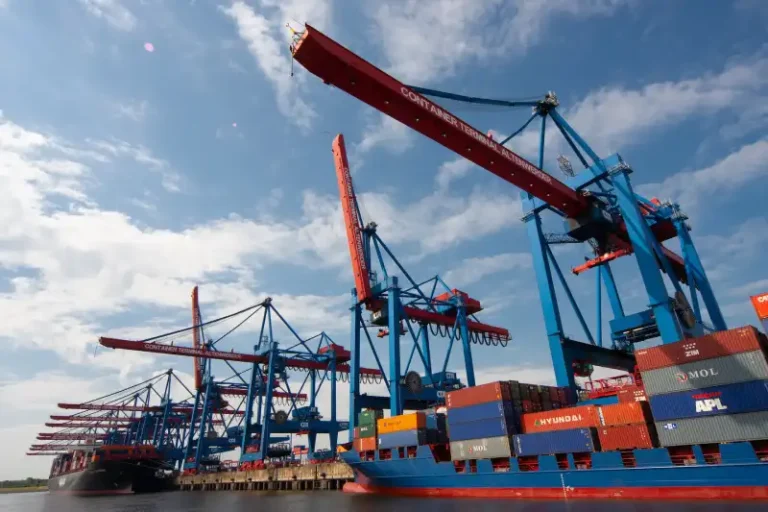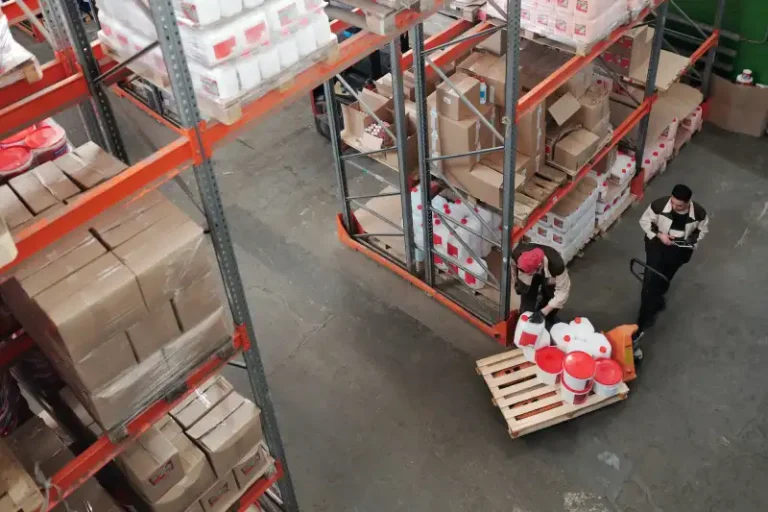Dangerous Goods Labels for Sea, Rail, Road and Air
LK Printing specialises in dangerous goods labels for the safe transport of maritime, rail, road, and air freight. We also print customised freight labels for hazardous goods housed in shipping containers.
Our labels are superior to paper labels. We use the best UV resistant vinyl and inks with up to a 5 year life span. Our labels can withstand water and oil damage without altering the quality or appearance.

Popular Dangerous Goods Labels
What Our Customers Say

What are Dangerous Goods Class Labels?
Dangerous goods are classified into nine levels based on the danger they present. Some substances are dangerous when they are wet or when they mix with the air. Other substances are highly flammable or emit a toxic gas.
The nine classes include:
- Radioactive Material
- Oxidizing Substances and Organic Peroxides
- Miscellaneous Dangerous Goods
- Gases
- Flammable Solids
- Flammable Liquids
- Explosives
- Corrosive Substances
A good understanding of the dangerous goods symbols on the label is needed to stay safe when transporting, storing, or handling these substances.
What Information is Listed on Dangerous Goods Labels?
In Australia, dangerous goods labels must detail the hazardous substances being transported. The information on the label depends on the classification of the goods.
Information that must be included on Australian Dangerous Goods Labels include:
- Name of the substance or article
- Emergency contact information, including a 24-hour phone number for the supplier or manufacturer
- UN number(s)
- Hazchem code(s)
- Hazard class, subsidiary risk, and packing group (if applicable) such as explosives, gases, flammable liquids, and toxic substances
- Hazard or pictogram symbol(s) for the hazard class such as a flame, skull and crossbones, or an exploding bomb
- Instructions for handling and/or storing the dangerous goods safely
- Name and address of the supplier or manufacturer
- Quantity of the substance in the package or container
Dangerous Good Labels Design and Package Placement
Printed labels for dangerous goods labels must be designed in accordance with the Australian Dangerous Goods Code. The ADG Code provides specific guidelines for label size, format, and content.
The label must also be affixed to the package or container of the dangerous goods in a visible location and remain in place during transport and storage.

Australian Code for the Transport of Dangerous Goods by Road and Rail
The ADG Code sets out national rules for transporting dangerous goods by road or rail in Australia to help prevent damage to the environment, property, and to people.
The ADG Code is informed by the United Nations Recommendations on the Transport of Dangerous Goods. It also includes rules for the transport of infectious substances.
The Transport of Dangerous Goods Code sets standards for
- classification
- dangerous goods list with UN numbers
- documentation
- marking and placarding
- packaging and performance testing
- procedures during transport emergencies
- safety equipment
- segregation and stowage
- transfer of bulk dangerous goods
- use of bulk containers, IBCs, freight containers and unit loads
- vehicle requirements

Latest Edition of the Australian Code for Dangerous Goods Transport
Edition 7.8 of the ADG Code can be used now. The code will be mandatory from 1 April 2024. An Excel copy of the Dangerous Goods List (Table 3.2.3) can be downloaded on the National Transport Commission website.
The ADG Code does not contain all the rules relating to the transport of radioactive materials, waste products, explosives, and other environmentally hazardous substances, unless they are also defined as dangerous goods.
For specific advice, please contact the government agency in your state or tertiary.
Government Regulation of Dangerous Goods Transport
In Australia, regulation of dangerous goods transport by sea and air is shared by two Australian Government departments:
Australian rail and road transport is overseen by the state and territory governments:
- Australian Capital Territory Government – The Dangerous Substances Licensing Unit within WorkSafe ACT overseas transport of dangerous goods in the Canberra region
- New South Wales Government – SafeWork NSW manages hazardous chemical services while the NSW Environment Protection Authority overseas all over matters
- Northern Territory Government – NT WorkSafe manages dangerous rail and road transport
- Queensland Government – The Rail Safety Policy Unit manages rail safety and the Industry and Operator Authorisation Unit manages road safety
- South Australian Government – SafeWork SA manages dangerous rail and road transport
- Tasmanian Government – WorkSafe Tasmania manages dangerous rail and road transport
- Victorian Government – The Dangerous Goods Unit within WorkSafe Victoria (the Victorian Workcover Authority) manages dangerous road and rail transport
- West Australian Government – Department of Mines, Industry Regulations and Safety overseas dangerous rail and road transport
